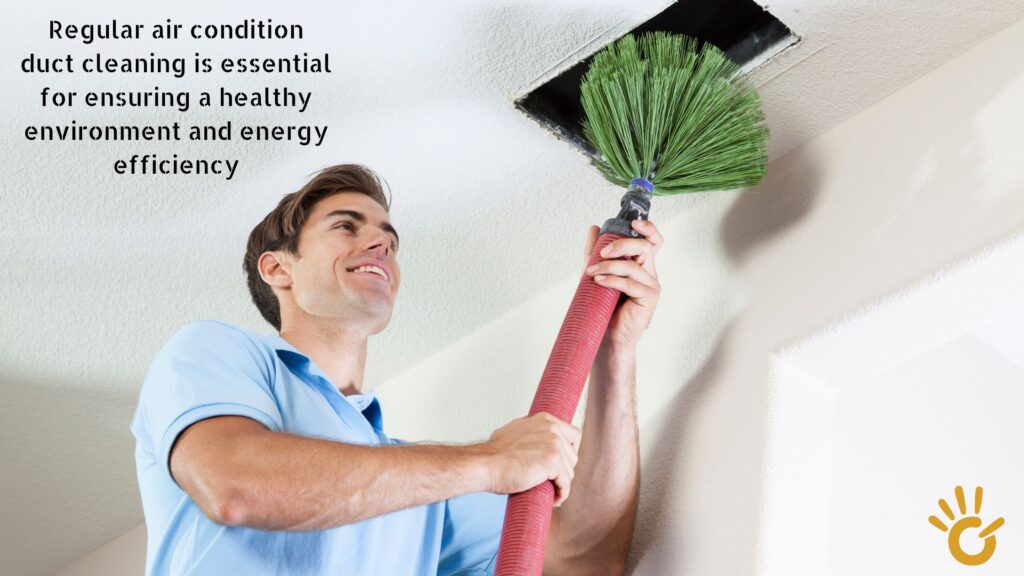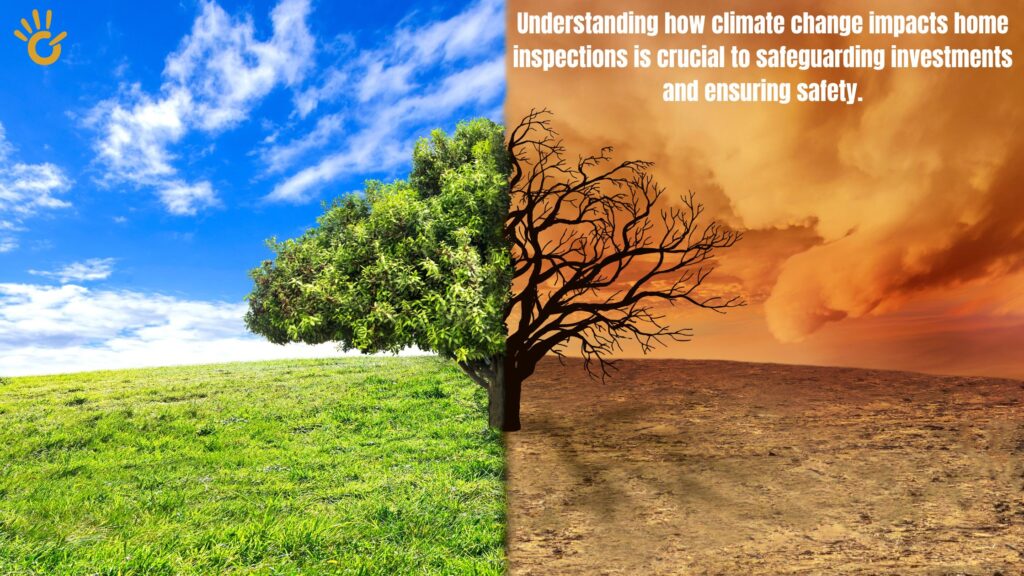Introduction
With abundant sunlight and a commitment to sustainable energy, the UAE has become a leader in solar power adoption. However, the region’s unique desert climate presents some challenges for solar panel efficiency—especially when it comes to sandstorms. These powerful natural events are common in desert areas, bringing high winds and dense clouds of sand that cover nearly everything in their path.
In this article, we’ll explore how sandstorms impact solar panel efficiency in the UAE, look at long-term effects on panel health, and share some practical tips and technologies that can help protect your solar investment. Let’s dive into the specifics of sandstorms, how they affect solar panels, and what you can do to keep your panels performing at their best.
1. What are Sandstorms?
A sandstorm, sometimes called a dust storm, is a weather event that occurs when strong winds lift loose sand and dust particles from the ground and carry them across vast distances. Sandstorms are common in desert areas like the UAE, where loose sand is readily available for high-speed winds to pick up and disperse.
Sandstorms can be massive, sometimes stretching for hundreds of miles and reducing visibility to nearly zero. The UAE typically experiences sandstorms during the summer months, but they can occur at any time of year. These storms often last several hours, and their impact can linger long after the winds die down.
For more on UAE’s unique climate and solar potential, check out our Solar Power in the UAE article.
2. Sandstorms Affect Solar Panel Efficiency
One of the primary ways sandstorms affect solar panels is by reducing their ability to capture sunlight. Sand and dust particles that settle on the panels form a layer that blocks sunlight from reaching the solar cells. Since solar panels rely on sunlight to generate electricity, even a thin layer of dust can significantly reduce their output.
How Sand Affects Energy Production
Several studies show that dust and sand accumulation on solar panels can cause a 20-25% reduction in energy production, depending on the thickness and density of the dust layer. During severe sandstorms, this reduction can be even more significant. Additionally, the loss in efficiency can vary based on the angle of the panels, the type of dust, and the duration of the storm.
If sand and dust aren’t removed promptly, they can remain on the panels for days or even weeks, reducing the overall energy output of the solar system and impacting your energy savings.
3. Long-Term Effects of Sandstorms on Solar Panel Health
In addition to temporarily reducing efficiency, repeated exposure to sandstorms can cause lasting damage to solar panels. Over time, the abrasive particles in the sand can create tiny scratches on the panel surface. These micro-scratches, though small, affect the panel’s ability to capture light and can lead to long-term efficiency loss.
How Scratches Affect Performance
Scratches reduce the panels’ transparency, making it harder for light to penetrate to the solar cells. This means that even on a clear, sunny day, the panel may not perform at full capacity. In the long run, these scratches can significantly shorten the lifespan of your panels and lead to costly replacements or repairs.
4. Best Practices for Protecting Solar Panels from Sandstorms
To keep your solar panels in optimal condition despite the harsh desert climate, you can take several steps to protect them from sandstorm damage.
Preventive Measures
- Install Protective Barriers: Protective barriers like fences or windbreaks around your solar panels can reduce the amount of sand that reaches the panels during a storm.
- Angle Adjustments: Adjusting the angle of your panels may minimize dust accumulation, especially if your setup allows for seasonal adjustments. Panels tilted at an angle can shed dust more effectively than those installed flat.
- Covering Panels Temporarily: For homes or facilities with removable solar panel covers, it may be beneficial to use them during peak sandstorm months.
Cleaning Techniques
Regular cleaning is essential to remove accumulated dust and sand after sandstorms. When cleaning, use non-abrasive materials and avoid harsh chemicals. Soft sponges, microfiber cloths, or deionized water are effective options to keep your panels clean without risking damage.
Professional Maintenance
Hiring a professional cleaning service for solar panels can be a good investment, especially in regions like the UAE where sandstorms are common. Professional cleaners use specialized equipment and methods that are effective in removing dirt without causing scratches or other damage to the panel surface.
Interlink Suggestion:
To learn about our solar panel cleaning services, visit our Solar Panel Cleaning Services page.
5. The Role of Technology in Combating Sandstorm Damage
Advances in solar technology are helping panel owners address the challenges posed by sandstorms. From self-cleaning coatings to robotic cleaners, these innovations offer long-term solutions for solar panel efficiency in sandy, desert climates.
Self-Cleaning Coatings
Some solar panels come with hydrophobic or dust-repellent coatings that make it harder for dust and sand to stick to the surface. These coatings can reduce the frequency of cleaning required, as dust naturally slides off the panels when it rains or when panels are tilted.
Robotic Cleaners
Robotic cleaners are becoming more popular for large-scale solar arrays. These robots can clean panels without the need for water, which is a valuable advantage in water-scarce areas like the UAE. Many are equipped with soft brushes and sensors that ensure panels are cleaned without scratching or damaging them.
Weather-Resistant Materials
Manufacturers are also developing more resilient materials that can withstand the abrasiveness of desert environments. Panels with tempered glass or other durable materials are better equipped to resist scratches and damage from airborne sand.
Video Suggestion for Additional Information
For a visual overview of how sandstorms impact solar panels and effective maintenance techniques, check out this video: Impact of Sandstorms on Solar Panels.
This video covers the basics of sandstorm effects on solar panel performance and introduces some technologies designed to reduce these impacts.
Frequently Asked Questions (FAQs)
1. How often should solar panels be cleaned in areas with frequent sandstorms?
For areas like the UAE, panels should be cleaned every 1 to 3 months, or after every significant sandstorm, to maintain optimal performance.
2. Can I use tap water to clean my solar panels?
It’s best to use deionized or distilled water to prevent mineral deposits from forming. Tap water can leave streaks that reduce efficiency.
3. Does sand accumulation affect all solar panels the same way?
No, the effect of sand accumulation varies based on the panel type, tilt angle, and surface materials. Panels with dust-repellent coatings perform better in sandy conditions.
4. Are there any materials that make solar panels more resistant to sand damage?
Yes, some solar panels are made with tempered glass or coatings that protect against scratches and sand buildup, making them more resilient.
5. Do sandstorms permanently damage solar panels?
Repeated exposure without cleaning can lead to long-term damage, but with regular maintenance and protective measures, panels can perform efficiently over their expected lifespan.
Conclusion
In the UAE, where sandstorms are a natural part of the landscape, solar panel owners must be proactive in maintaining their systems. Sandstorms not only reduce solar panel efficiency temporarily but can also cause lasting damage if left unchecked. By implementing preventive measures, investing in regular cleaning, and utilizing modern technology, solar panel owners can protect their panels and maximize their energy output.
At Genius Hands, we specialize in helping UAE residents and businesses keep their solar panels clean and efficient, even in challenging climates. Whether you need a quick cleaning after a sandstorm or advice on the latest protective technology, we’re here to support your solar energy journey.




Pingback: 5 Reasons Why Solar Panel Cleaning Is Essential in the UAE